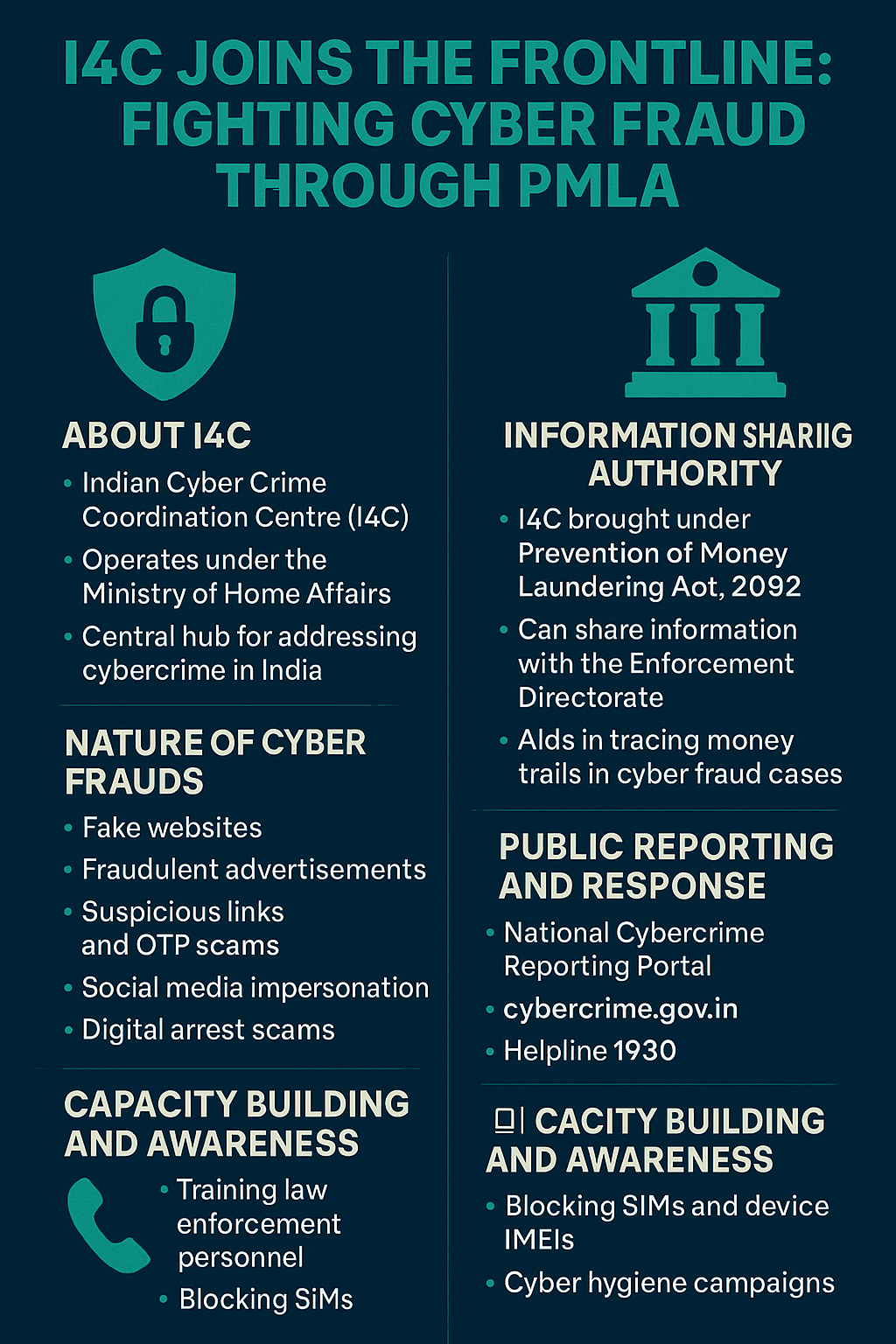
002- Apr 16, 2025
🪨 The Silent Silver: Rare Earth Elements and the Global Tug of Power

🧭 Thematic Focus:
International Relations, Science & Technology, Environment, Strategic Resources
🧩 GS Paper II & III
🔍 Topics: India’s Bilateral & Global Groupings, Conservation & Pollution, Industrial Policy, Technology Missions
🌏 Introduction
In the age of semiconductors, satellites, and silent motors, it is the quiet glint of Rare Earth Elements (REEs) that powers the world’s technological orchestra. While they are hidden beneath the crust, their influence runs deep — entangled with diplomacy, environmental concerns, and strategic autonomy. The ongoing delays in global REE shipments have cast a shadow on the world’s industrial stability.
🧪 What Are Rare Earth Elements?
Rare Earth Elements comprise 17 metallic elements, including neodymium, dysprosium, samarium, and yttrium, each with unique electromagnetic properties. Their silvery shimmer hides their vast importance — powering wind turbines, defence radars, mobile phones, and electric vehicles. Despite the name, they are not exceptionally rare — but economically extractable concentrations are.
♻️ The Hidden Cost: Environmental Hazards
The irony of REEs lies in their paradox: while essential for green technology, their mining is ecologically unsustainable.
- REE ores often contain arsenic, cadmium, and radioactive thorium.
- Improper refining can contaminate water, release carcinogens, and displace communities.
- Mining in nations with lax environmental standards often leaves devastated ecosystems in its wake.
🏯 China’s Strategic Grip
Since the 1990s, China has dominated REE extraction and refining — producing 85% to 95% of global supply. By classifying them as strategic minerals, China uses export controls as a geopolitical lever.
⛓️ In 2010, amid tensions with Japan, China halted REE exports — causing global price spikes and prompting nations to re-evaluate their dependencies.
🚫 Recent Export Curbs & Global Anxiety
In 2022, China imposed new export restrictions on samarium, gadolinium, and dysprosium — vital for electric vehicles, lasers, and military applications. These moves followed the U.S.–China trade tensions, marking a shift toward resource nationalism.
🌐 The Global Push to Diversify
Facing rising uncertainty, countries are building resilient supply chains:
- Japan reduced dependence from 90% to 60% between 2010 and 2023 through stockpiling, exploration, and REE recycling.
- The U.S., EU, and Australia are investing in non-Chinese mines, though costs remain high.
- India, with reserves in monazite sands, must accelerate domestic exploration and invest in refining capabilities.
📈 Future Implications
The struggle over REEs is more than an economic contest — it is a symbol of 21st-century strategic competition. In an increasingly multipolar world, access to REEs could define the contours of tech sovereignty, environmental ethics, and economic resilience.
🪔 A Thought Spark — by IAS Monk
“Even the smallest grain of earth holds the potential to alter the fate of nations. Power lies not in the roar of missiles, but in the quiet shimmer of minerals.”


















